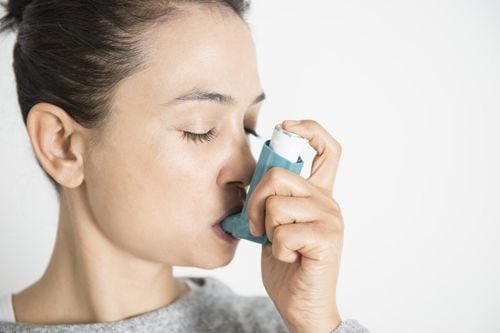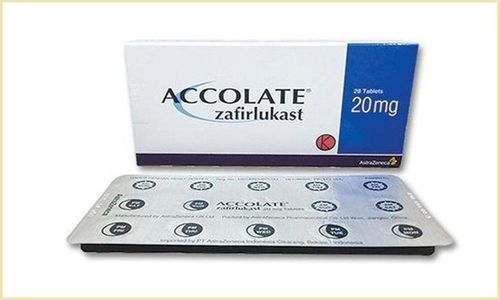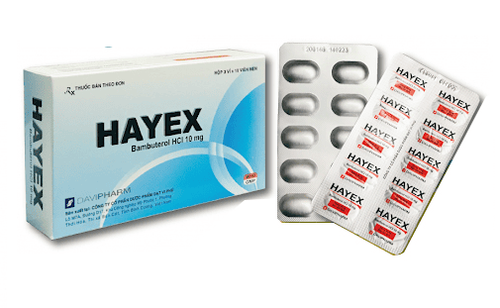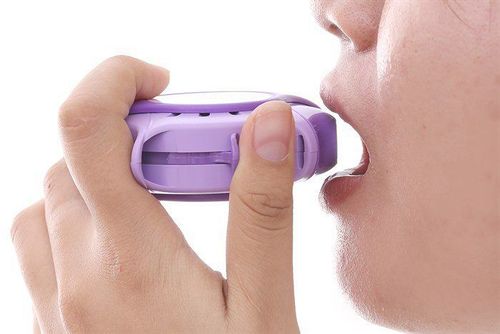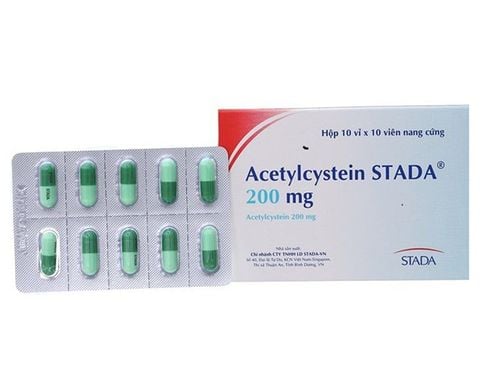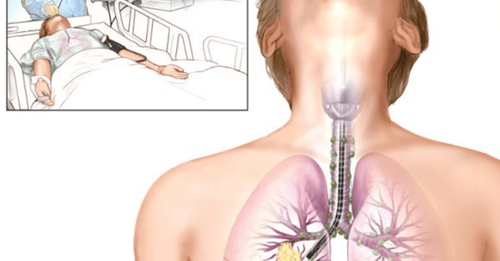This is an automatically translated article.
Posted by Pharmacist Duong Thu Huong - Pharmacist of Vinmec Times City International Hospital.Inhalers are a common treatment for respiratory conditions such as asthma or chronic obstructive pulmonary disease (COPD). The inhaler device is designed to increase the effectiveness and reduce side effects of the drug compared to the systemic route. However, achieving the optimal effect of the drug depends heavily on the inhalation technique of the patient. Currently on the market there are many different inhalers with different operating principles. This article will give you an overview of the popular inhalers on the market and how they work.
Note:
The article is only about hand-held inhalers, not about the type of nebulizer used for inhalation. inhaler."
1. Types of inhaler devices
There are three main types of inhalers: metered dose inhaler (MDI); dry powder inhaler (DPI); soft mist inhaler (SMI).2. MDI . propellant inhaler device
Instrument structure: The instrument is L-shaped, consisting of 2 main components: an aluminum pressure chamber with a valve stem and a plastic body with a medication valve tube with a mouthpiece.Drug ingredients: The drug is contained in a pressure chamber in the form of a solution or in the form of a suspension with propellants, preservatives, and surfactants. Suspension inhalers provide even delivery of drugs containing one or more components.
Working principle: The drug is released into the air when the user presses the pressure chamber down the body, pushing the drug out. This is a type of device that requires the user to perform precise breathing coordination and manipulation to ensure effectiveness. In order for the drug to enter the user's body, it is necessary to inhale slowly and deeply at the time the drug is released from the device. One downside to this type of device is that the medication is often sprayed out faster than the user can inhale. If the user doesn't inhale long enough, the medicine will stick to the back of the throat and tongue instead of going down into deeper areas.
To overcome this situation, an additional buffer chamber can be used. The spacer reduces the inertial force of the drug particles before entering the oropharynx, so the rate of drug deposition here is reduced and the proportion of drugs with small size 2-5 micrometers goes deeper.
In addition, some types of devices emit strong and cold sprays, creating a cold-freon effect, causing the patient to have a reflex to stop breathing, causing intermittent inhalation of air
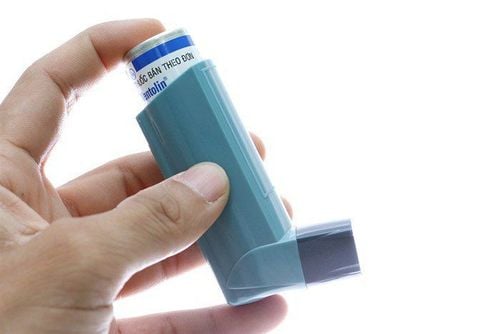
Hình ảnh dụng cụ xịt hít dùng chất đẩy MDI
3. DPI dry powder inhaler
Structure of the tool: The dry powder inhaler has a variety of structures with different shapes. These devices can be divided into 2 types:Pre-filled drugs include: Accuhaler, Ellipta, Turbuhaler, Twisthaler, RespiClick, and Pressair. Types that do not have drugs and need to be loaded into the tank include: Handihaler and Breezhaler . Drug ingredients: The drug is in the form of a dry powder with a molecular diameter of < 5 micrometers, usually combined with larger molecules such as lactose or glucose.
Principle of action : The drug is separated from large molecules and transported into the respiratory tract by strong inhalation of the dry powder contained in each dose after being activated. Different devices have different activation mechanisms (refer to “How to use inhaler devices. Part 2: How to use dry powder (DPI) and fine particulate (SMI)) inhaler))
Inhalation does not require respiratory coordination like a propellant device, but users of this inhaler require an average inhalation force of 30-60L/min
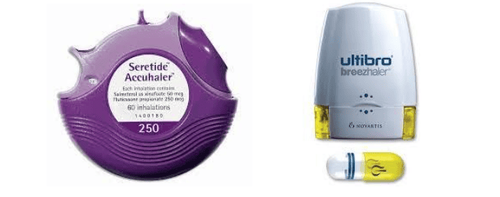
Hình ảnh dụng cụ xịt hít bột khô DPI
4. SMI . fine particle inhaler
Instrument structure: Cylindrical instrument containing a spring-loaded propulsion system that transforms the drug from liquid to gasDrug composition: The drug is in the form of a solution without propellant.
Working principle: When the lower half of the instrument is rotated, the spring will be compressed, and at the same time, pull the drug solution into the system. After pressing the button, the spring released creates a force inside the tool, causing the solution to pass through the hole with 2 small channels to the outside. This produces fine mist particles and travels slowly (0.8m/s) and lasts 1.2s. The drug in the nebulized form has a slower travel velocity and longer duration than that released from a propellant inhaler (MDI).
Besides, this device has another advantage compared to MDI that drug delivery is independent of breathing rate. SMI also does not require users to shake before use. Compared to DPI, SMI does not require the user to require minimal inhalation force.
Conclusion: There are many different types of inhalers on the market. These devices have different mechanisms of action, and proper use is important for the effectiveness of the drug. Depending on the user's tendency and habit of inhalation, such as fast and strong or slow and deep, the patient will be advised with appropriate inhaler devices.
If you have any questions about inhalers, you can contact Vinmec hospital for advice from a Pharmacist/Doctor on proper use.
Please dial HOTLINE for more information or register for an appointment HERE. Download MyVinmec app to make appointments faster and to manage your bookings easily.
References:Update. The use of inhaler devices in adults. Gabrio BJ, Stein SW, Velasquez DJ. A new method to evaluate plume characteristics of hydrofluoroalkane and chlorofluorocarbon metered dose inhalers. Int. J. Pharm. 186(1),3–12 (1999) Bell J. Why optimise inhaler technique in asthma and COPD? Br. J. Prim. Care Nurses. 2.37–39 (2008) Everard ML. Guidelines for devices and choices. J. Aerosol Med. 14(Suppl. 1),S59–S64 (2001) Voshaar T, App EM, Berdel D et al. [Recommendations for the choice of inhalatory systems for drug prescription]. Pneumologie 55(12),579–586 (2001)




